Imaging and microscopy: Perfusion chambers
Introduction about perfusion chambers for live-cell imaging and microscopy
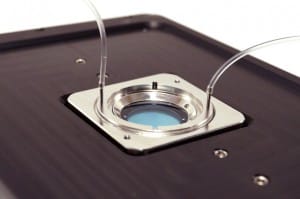 The first live-cell imaging chambers were designed in the early twentieth century, shortly after mammalian cell culture techniques were developed. A wide range of perfusion chambersare now available, from simple sealed coverslip on a microscope glass to sophisticated perfusion chamber allowing a full control of the cells environment. Recently, the advance of microfluidics has led to the development of integrated cell culture systems.
The first live-cell imaging chambers were designed in the early twentieth century, shortly after mammalian cell culture techniques were developed. A wide range of perfusion chambersare now available, from simple sealed coverslip on a microscope glass to sophisticated perfusion chamber allowing a full control of the cells environment. Recently, the advance of microfluidics has led to the development of integrated cell culture systems.
Perfusions chambers are a critical aspect of live-cell imaging, and they must fulfilled two equally important requirements: maintain cells in a healthy state and allow the living cells to be observed with the highest possible resolution.
This short review will describe different types of perfusion chambers and their requirements. For more general information about perfusion for live-cell imaging, you can check our review. If you are interested in a perfusion system for live-cell imaging, check our Perfusion Pack.
Closed perfusion chambers
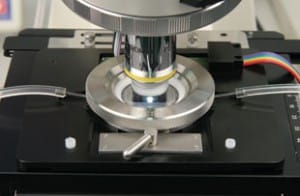 Two main categories of culture chambers are available. The first category is open chambers. They are more basic and very similar to Petri dishes. With open chambers, the medium surrounding the cells slowly approaches the equilibrium with the surrounding atmosphere during the experiment. They allow to easily access the cells, but exhibit a low level of control on the cells’ environment.
Two main categories of culture chambers are available. The first category is open chambers. They are more basic and very similar to Petri dishes. With open chambers, the medium surrounding the cells slowly approaches the equilibrium with the surrounding atmosphere during the experiment. They allow to easily access the cells, but exhibit a low level of control on the cells’ environment.
Closed chambers are sealed to avoid evaporation of the culture medium and ensure a large control over the environmental variables, such as temperature, pH or carbon dioxide concentration. Most closed chambers are designed with ports allowing the addition of fresh medium or drug during the experiment. Closed perfusion chambers are thus more suited to long term experiments.
Dimensions of the chamber. The depth of the perfusion chamber should be minimized to obtain the highest possible optical quality for transmitted light. Concerning the coverslip surface area, large viewing areas are more sensitive to leaks and physical damage, but allow the use of high numerical aperture objectives, that often have large diameter barrels.
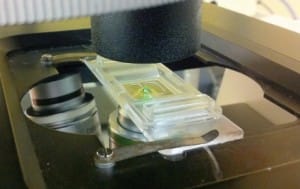
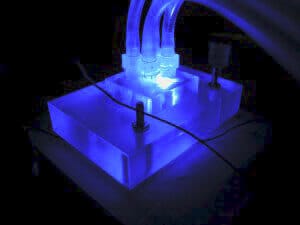
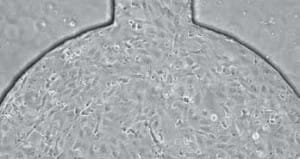


 Job
Job Collaborations
Collaborations Customer
Customer Other
Other